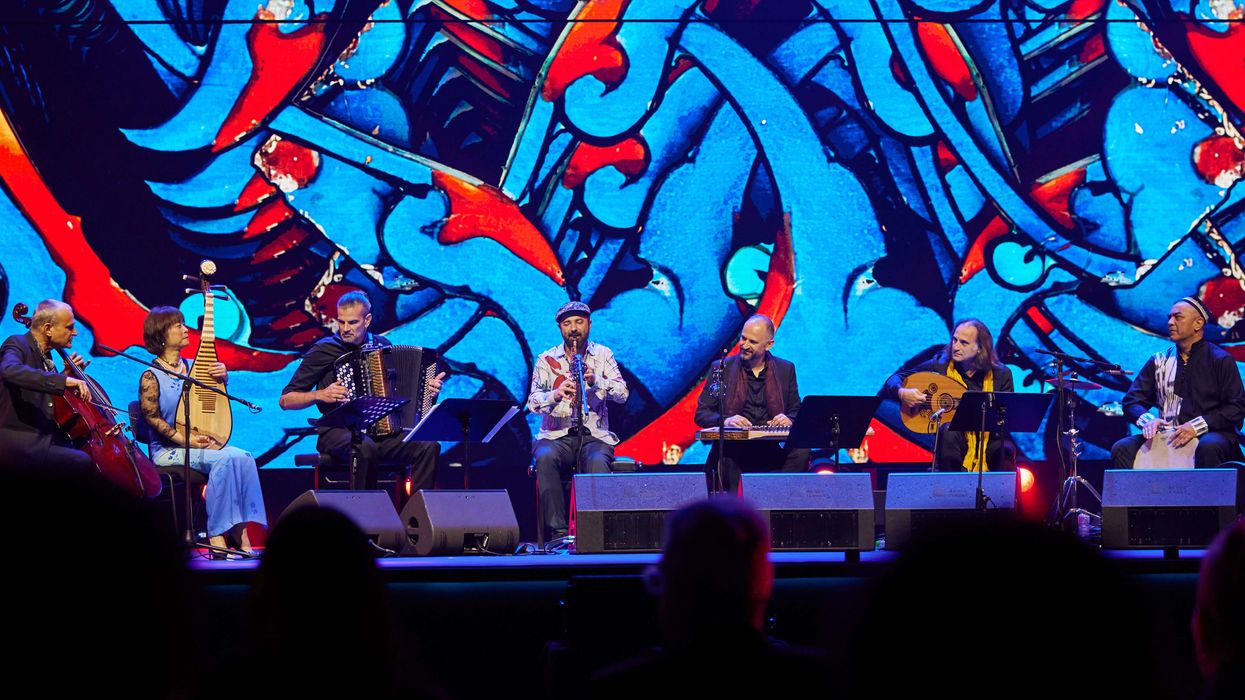Ranbir Kapoor’s intense performance in Animal pushed boundaries, but one scene, in particular, has taken the internet by storm—his daring nude walk. The sequence, where Ranbir strides naked, covered in blood, holding an axe, is one of the most gripping moments of the film. While it shocked audiences, shooting it was an even bigger challenge.
Director Sandeep Reddy Vanga, known for his raw and unfiltered storytelling, recently addressed the scene and the industry’s reaction to Animal. In an interview, he pointed out how the same critics who slammed the film for its violence and misogyny were all praises for Ranbir’s performance. “The same people who criticised the film had no problem saying Ranbir was brilliant. I’m not jealous of Ranbir, but why is there a difference in how they see our work?” he asked. According to him, actors work on multiple films a year, making them a safer bet for praise, whereas directors take years to bring a project to life and are easier to criticise.
Coming back to the scene itself, filming the nude walk required careful planning. A closed set with minimal crew members was arranged to ensure privacy and comfort for Ranbir. The team worked extensively on camera angles, lighting, and VFX to maintain the intensity of the scene without crossing censorship guidelines. Despite the logistical and creative challenges, Ranbir was fully committed to bringing the director’s vision to life.
While Animal faced backlash for its brutality, it became a massive box office success, earning over ₹500 crore domestically. The film marked the biggest hit of both Vanga’s and Ranbir’s careers, proving that audiences were captivated despite—or perhaps because of—its controversial elements.
Love it or hate it, Animal has ensured that both Ranbir and Vanga remain at the centre of conversation. And the now-iconic nude walk? It’s already cemented its place as one of the boldest moments in Indian cinema.







 Mallika Sherawat poses outside the White House in a pink ombre dress Instagram/mallikasherawat
Mallika Sherawat poses outside the White House in a pink ombre dress Instagram/mallikasherawat  Mallika Sherawat poses at the White House in a pink ombre dress Instagram/mallikasherawat
Mallika Sherawat poses at the White House in a pink ombre dress Instagram/mallikasherawat 





